If you're wondering which herbs deserve permanent spots in your kitchen, here's the answer: basil, parsley, cilantro, dill, oregano, thyme, rosemary, mint, chives, and sage. These 10 essential herbs form the foundation for 90% of home cooking needs. Our practical guide cuts through confusing advice to give you exactly what you need—no fluff, just actionable tips that make your cooking instantly better.
This guide delivers what most herb resources miss: clear substitution guidelines, precise storage methods that double freshness duration, and pairing recommendations backed by culinary science. Skip the overwhelming science lectures and get straight to what matters—using herbs effectively in everyday cooking.
Quick Reference: Top 10 Essential Cooking Herbs
| Herb | Most Versatile For | Key Pairings | Fresh vs Dried Ratio |
|---|---|---|---|
| Basil | Pasta, pizza, tomato dishes | Tomatoes, mozzarella, garlic | 1 tbsp fresh = 1 tsp dried |
| Parsley | Garnish, sauces, salads | Lemon, garlic, fish | 1 tbsp fresh = 1 tsp dried |
| Cilantro | Mexican, Asian, Indian cuisine | Lime, avocado, chili | Use fresh only |
| Dill | Fish, pickles, yogurt sauces | Salmon, cucumbers, potatoes | 1 tbsp fresh = 1 tsp dried |
| Oregano | Mediterranean dishes | Tomatoes, olive oil, feta | 1 tsp dried = 1 tbsp fresh |
| Thyme | Stews, roasts, braises | Chicken, mushrooms, carrots | 1 tsp dried = 1 tbsp fresh |
| Rosemary | Meat dishes, breads | Lamb, potatoes, lemon | 1 tsp dried = 1.5 tbsp fresh |
| Mint | Cocktails, desserts, Middle Eastern | Lamb, chocolate, citrus | Use fresh only |
| Chives | Eggs, potatoes, soups | Butter, sour cream, fish | Use fresh only |
| Sage | Stuffing, pork, butter sauces | Butternut squash, apples, pork | 1 tsp dried = 2 tbsp fresh |
Proven Herb Storage Methods That Actually Work
Most people throw away wilted herbs within days. These tested techniques keep them fresh 2-3 times longer:
- Hardy herbs (rosemary, thyme, oregano): Trim stems, place in glass with 1 inch water, cover loosely with plastic bag, refrigerate (change water every 2 days)
- Tender herbs (basil, cilantro, parsley): Wrap in slightly damp paper towel, store in airtight container in vegetable drawer (never wash until ready to use)
- Freezing trick: Chop herbs, mix with olive oil, freeze in ice cube trays - perfect for soups and sauces
- Drying method: Tie small bundles, hang upside down in dark, dry room for 1-2 weeks (best for oregano, thyme, rosemary)

Basil: The Kitchen Workhorse
Basil shines in Italian and Southeast Asian cooking. While Genovese basil works perfectly for pesto and tomato dishes, Thai basil brings anise notes ideal for curries. Keep it at room temperature - refrigeration causes black spots. Always add at the end of cooking to preserve flavor.
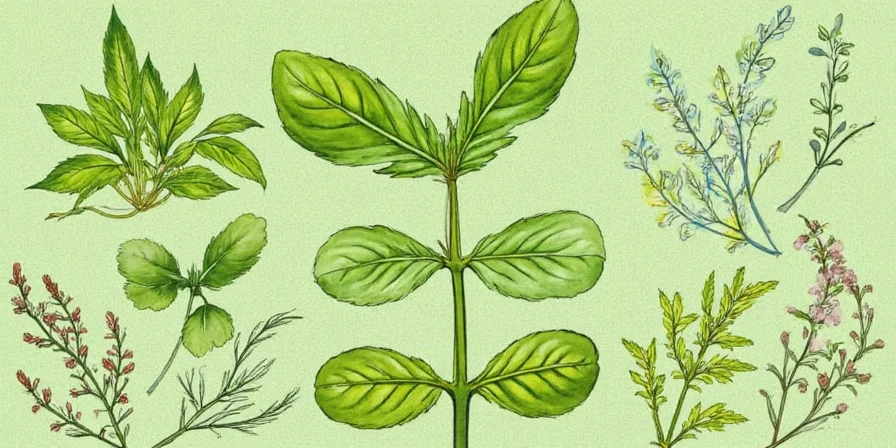
Parsley: Beyond Garnish
Flat-leaf (Italian) parsley packs 30% more flavor than curly varieties. Use it as the base for chimichurri, tabbouleh, or as a finishing touch on roasted vegetables. Unlike most herbs, it holds up well to moderate cooking - perfect for soups and stews.
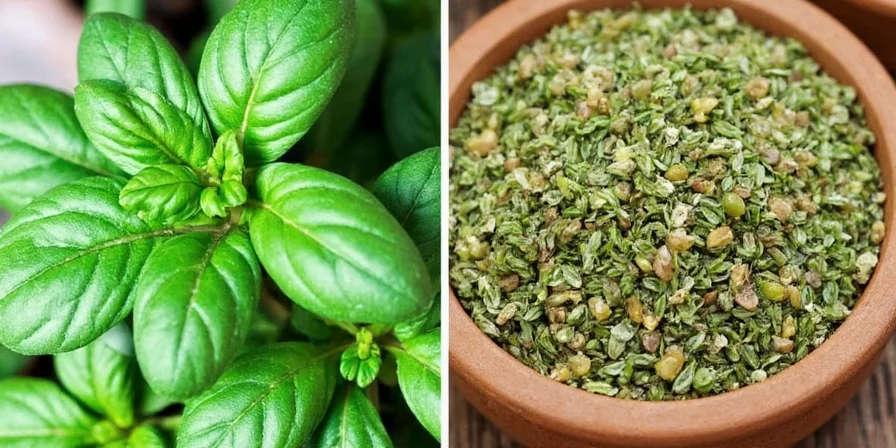
Cilantro: The Love-It-or-Hate-It Herb
If cilantro tastes like soap to you (21% of people), try these workarounds: use young leaves which contain fewer soapy compounds, chop finely to release citrus notes, or substitute with a mix of parsley and a squeeze of lime. Always add at the very end of cooking - heat destroys its delicate flavor.
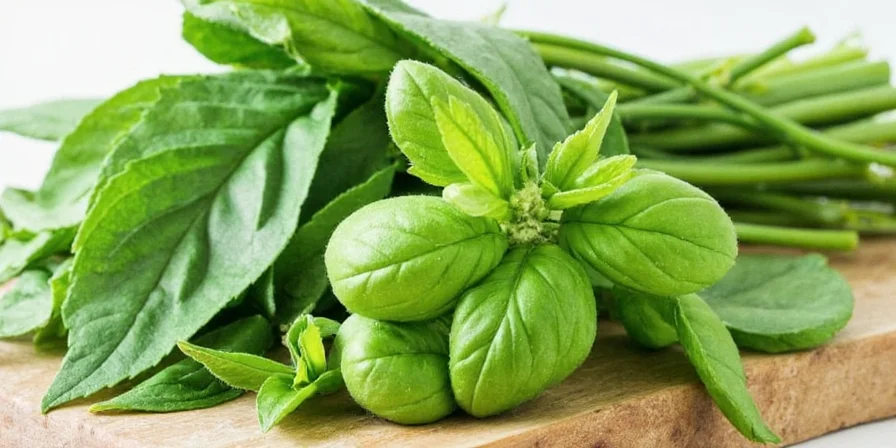
Dill: Fish's Best Friend
Fresh dill loses potency quickly - use within 3 days. Freeze extra in olive oil for salmon dishes later. The seeds work surprisingly well in potato salad when fresh dill isn't available. For pickling, use both fronds and seeds for maximum flavor.
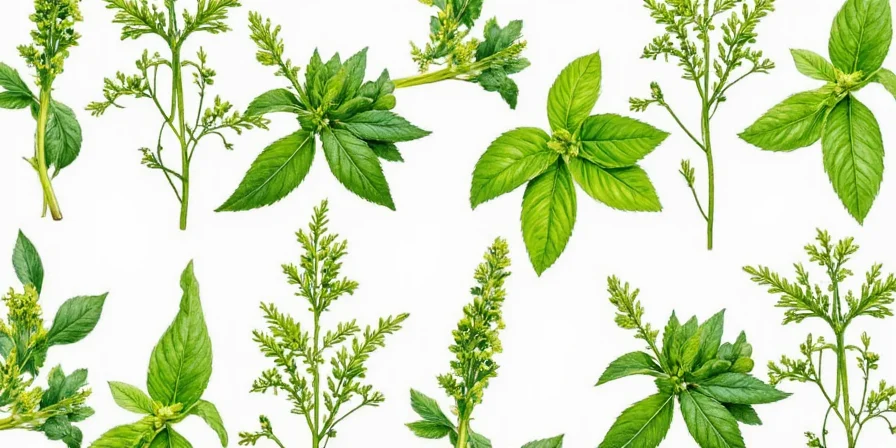
Oregano: Mediterranean Powerhouse
Greek oregano contains 3x more flavor compounds than Mexican varieties. Use dried oregano in tomato sauces (it intensifies when dried), but fresh for Greek salads. Never add at the beginning of cooking - the volatile oils evaporate quickly.

Thyme: The Subtle Game-Changer
Thyme's small leaves make it perfect for infusing flavor without overwhelming dishes. Strip leaves from stems by running your fingers down the stem. Lemon thyme adds brightness to seafood without actual lemon. Works wonders in both savory and sweet applications (try it in blueberry pie!).

Rosemary: The Bold Flavor Enhancer
Rosemary's piney notes cut through rich meats like lamb and pork. Soak wooden skewers in rosemary water before grilling for extra flavor. For roasted potatoes, toss with whole sprigs - remove before serving. A little goes a long way; too much can make dishes bitter.

Mint: The Refreshment Specialist
Spearmint works best in cooking (more mild), while peppermint is better for teas. Mint wilts within minutes of chopping - add literally in the last 30 seconds of cooking. For long-lasting freshness in water, place mint stems in a glass with ice cubes and a splash of Sprite.

Chives: The Gentle Allium
Chives offer onion flavor without the harsh bite. Slice with scissors for even pieces. The purple flowers are edible and make beautiful salad toppers. Freeze chive blossoms in ice cubes for fancy cocktails. Never cook chives - always add raw at the end.

Sage: The Secret Weapon
Fry sage leaves in butter for an instant sauce upgrade. For Thanksgiving stuffing, toast fresh sage in the oven first to intensify flavor. When cooking pork chops, add whole sage leaves to the pan - they become crispy and edible. Dried sage works better than fresh in most recipes.
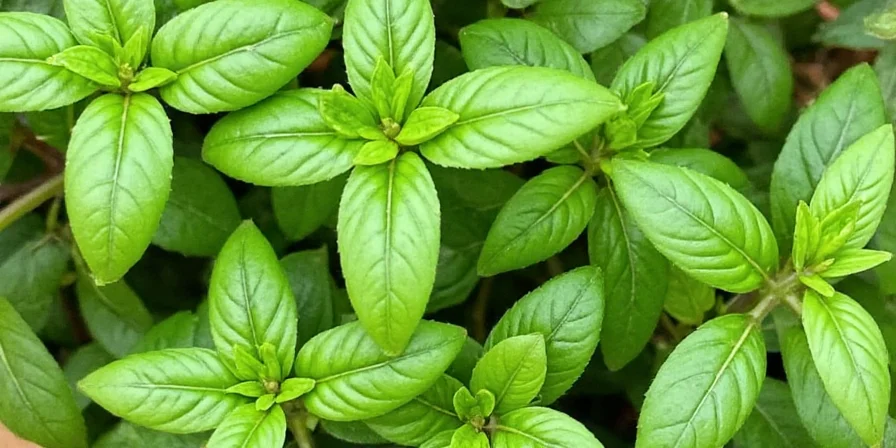
7 Herb Hacks Professional Chefs Actually Use
- The 2-Minute Revival Trick: Wilting herbs? Submerge in ice water for 2 minutes - they'll perk up like new
- Perfect Substitutions: No thyme? Use oregano. No cilantro? Try parsley + lime zest. No dill? Tarragon works in a pinch
- Flavor Boost Secret: Rub rosemary or thyme between your palms before adding to release essential oils
- Meat Pairing Guide: Rosemary with lamb, thyme with chicken, sage with pork, dill with fish
- The Freezer Method: Chop herbs, mix with oil, freeze in ice cube trays - instant flavor bombs
- When to Add: Delicate herbs (basil, cilantro) at the end; hardy herbs (rosemary, thyme) early in cooking
- Grow Your Own: Start with chives and mint - they're nearly impossible to kill indoors
Most Common Herb Questions, Answered
Which 3 herbs should every beginner cook start with?
Start with parsley (versatile, mild), basil (for Italian dishes), and thyme (works in most savory cooking). These three cover 80% of cooking needs and are hard to mess up. Keep dried oregano as your fourth staple for tomato-based dishes.
How can I tell if dried herbs have gone bad?
Dried herbs lose potency over time. If they've been in your pantry more than 1 year, they've likely lost 50% of their flavor. Test by rubbing between fingers and smelling - strong aroma means good, weak or no smell means replace. Store dried herbs in airtight containers away from light and heat.
What's the easiest way to remember herb pairings?
Remember these simple rules: Mediterranean = rosemary/thyme/oregano, Asian = cilantro/mint, Italian = basil/oregano, French = tarragon/thyme. For proteins: fish loves dill, chicken works with thyme, lamb needs rosemary, pork pairs with sage. When in doubt, start with 1/4 teaspoon dried or 1 teaspoon fresh per serving.
Can I substitute dried herbs for fresh in recipes?
Yes, but adjust ratios: 1 teaspoon dried = 1 tablespoon fresh. Dried herbs work better in long-cooking dishes (soups, stews, sauces) while fresh herbs shine in finishing touches. Never substitute dried for fresh in raw applications like salsa - the flavor profile changes significantly during drying.
Which herbs grow best indoors year-round?
Chives, mint, oregano, and thyme grow most reliably indoors. Basil needs 6+ hours of direct sunlight, making it challenging. Use south-facing windows, terra cotta pots with drainage, and water only when top inch of soil is dry. Start with nursery plants rather than seeds for best results.
Your Herb Mastery Checklist
Implement these immediately to transform your cooking:
- Stock your kitchen with the core trio: parsley, basil, thyme
- Store tender herbs wrapped in paper towels, hardy ones in water
- Use the 1:3 fresh-to-dried ratio as your golden rule
- Add delicate herbs in the last 2 minutes of cooking
- Freeze herb-oil cubes for instant flavor boosts
You don't need fancy equipment or rare ingredients—just these 10 essential herbs used correctly. Properly stored and applied, they'll elevate everyday meals from bland to impressive with minimal effort. Bookmark this guide and refer to the quick reference chart whenever you're unsure which herb to reach for.
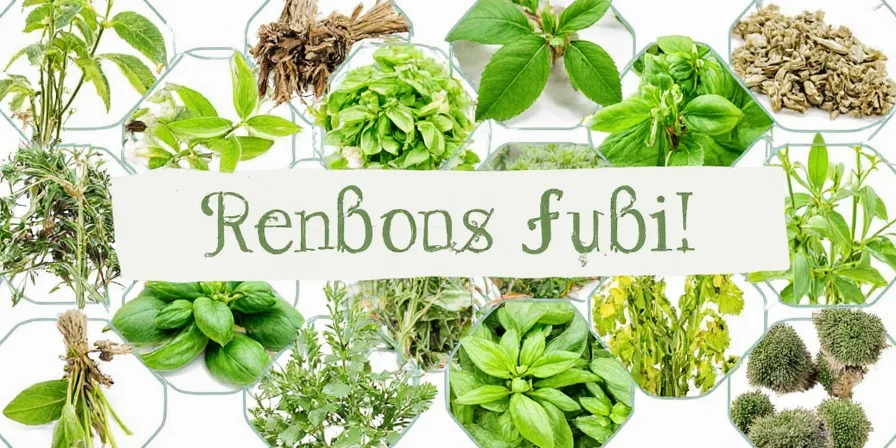

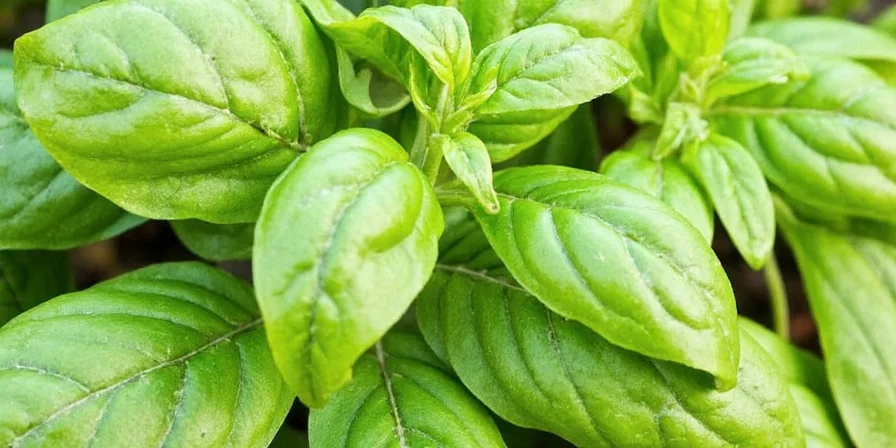









 浙公网安备
33010002000092号
浙公网安备
33010002000092号 浙B2-20120091-4
浙B2-20120091-4